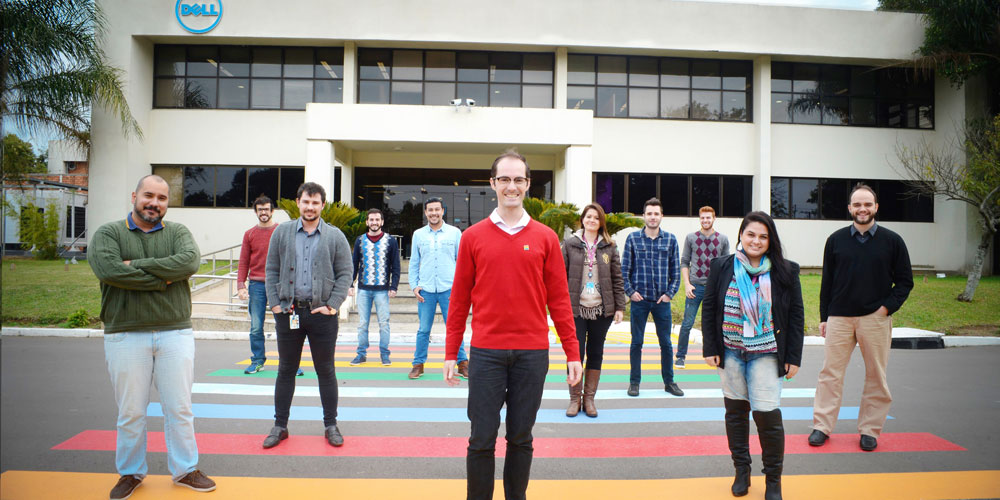Building Inclusivity Through Culture, Community and Commitment
- July 1, 2017
Inclusivity has never been more important to the workplace of today — or tomorrow. It has also never been more important to Dell. We are proud of our culture of inclusion and committed to ensure that our workplace reflects the diversity of all the customers we serve.

The millennial generation — already the largest demographic of today’s global workforce — expects to be part of a global team made up of different races, ethnicities, gender identifications and ages. According to a study by Deloitte, they’re now thinking of diversity and inclusion in a cognitive context – focusing on how the workforce encourages collaboration between people with different experiences, ideas and skill sets.
Not only is this good business sense — a diverse range of ideas and experience drives innovation — but it is the right thing to do. And it is something that we believe in deeply.
I was proud to read an article last week in The Tennessean by Dell team member and co-lead for our North American PRIDE Employee Resource Group, Nikki Gibson, about the importance of an inclusive culture in the workplace. It’s an absolute given that when team members feel valued, engaged and inspired, they do their best work for our customers and communities. That’s why our leadership team is committed to creating an inclusive culture for all team members, all around the world, all year round. Inclusion is a leadership imperative and, as Nikki points out, takes intention and structure.
At Dell, we have been focused on three imperatives: Culture, Communities and Commitment.
We recognized early on that culture is critical to enabling inclusivity. Dell was the first IT company to participate in an initiative called Men Advocating Real Change (MARC), led by global non-profit organization Catalyst. This training engages leaders in candid conversations about the role of gender and diversity in the workplace as well as topics such as unconscious bias. We are committed to 100 percent executive participation in this initiative.
In addition, our global Employee Resource Group (ERG) community provides opportunities for personal and professional development by connecting team members around areas such as gender, ethnicity, sexual orientation and background. Because these groups are so powerful in shaping our culture and positively contributing to our business through increased employee engagement, we actively encourage all of our team members to participate. We currently have 14 ERGs in 60 countries consisting of 32,000 members and 300 chapters, and were recognized last month by DiversityInc for the strength of this program. And we are dedicated to continue to increase our participation levels in the coming years.
With regard to community, at Dell, we are committed to being great role models for each other and the industry. After all, you can’t be what you can’t see. Through partnerships with agents of change, like the Human Rights Campaign, the Anita Borg Institute (ABI), the Society for Women Engineers and The Partnership, we reach beyond the borders of our organization to share and gain insight into best practices for cultivating and promoting a culture of equality and inclusion.
We are very proud of the supportive and inclusive culture we have built at Dell, but great is never good enough. We must continue to raise the bar and hold ourselves accountable for creating welcoming workplaces for everyone. Our leaders are committed to growing a diverse workforce, starting with our Chairman and CEO, Michael Dell, who chairs our Global Diversity Council.
I am a woman, a partner, a mother and a business leader — and I intend to live each facet of what makes me “me” to the fullest. I know I can do that at Dell, a company that believes in harnessing the power of the best and brightest talent – regardless of gender, work style or country of origin.